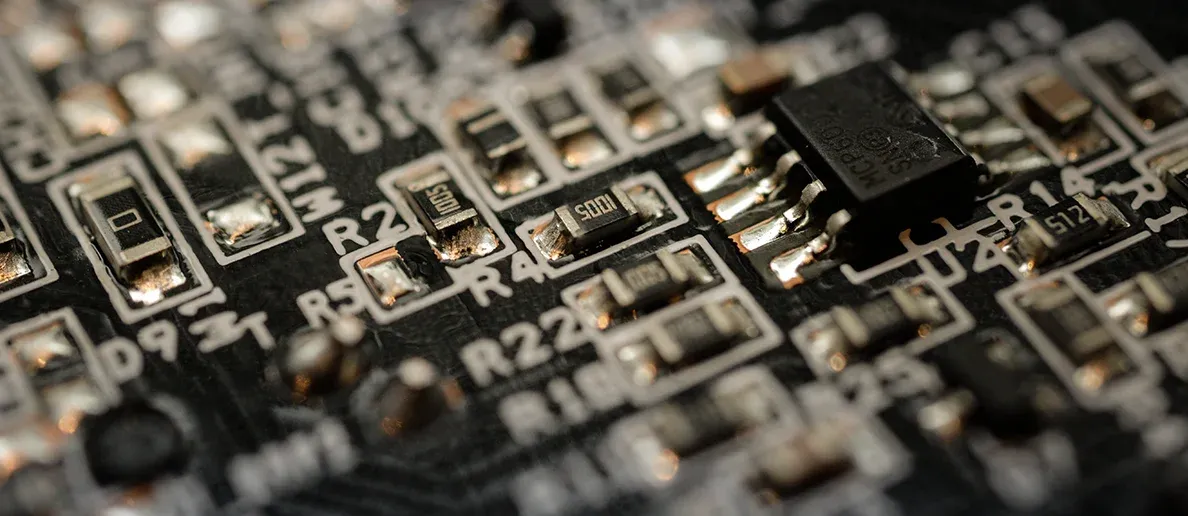Capitalizing on CHIPS: Politics, Policies, and the Semicond Boom


The White House unveiled an $11 billion plan for semiconductor research and development, including the creation of the $5 billion National Semiconductor Technology Center. Stemming from the Chips and Science Act, the initiative allocates $39 billion for semiconductor production subsidies and introduces a 25% investment tax credit.
The National Semiconductor Technology Center, a public-private partnership, emphasizes innovation, collaboration, and job protection, per Energy Secretary Jennifer Granholm.
Commerce Secretary Gina Raimondo notes the $5 billion Center's goal is to position the U.S. as a global semiconductor leader through collaboration with government, industry, academia, and investors. Energy Secretary Granholm underscores the broader industrial strategy, highlighting the importance of research and development for national strength.
The Center plans an investment fund for emerging semiconductor companies, with additional programs focusing on semiconductor manufacturing. Commerce Secretary Raimondo hints at imminent awards for chip manufacturing, involving negotiations with major companies.
Simultaneously, recent stock transactions by politicians in the chip stocks have come to light. Democrat Senator Richard Blumenthal, Republican Senator Markwayne Mullin, and Democrat Senator Tom Carper engaged in stock transactions involving major semiconductor companies, raising questions about the intersection of political decisions and personal financial interests within the semiconductor sector.
